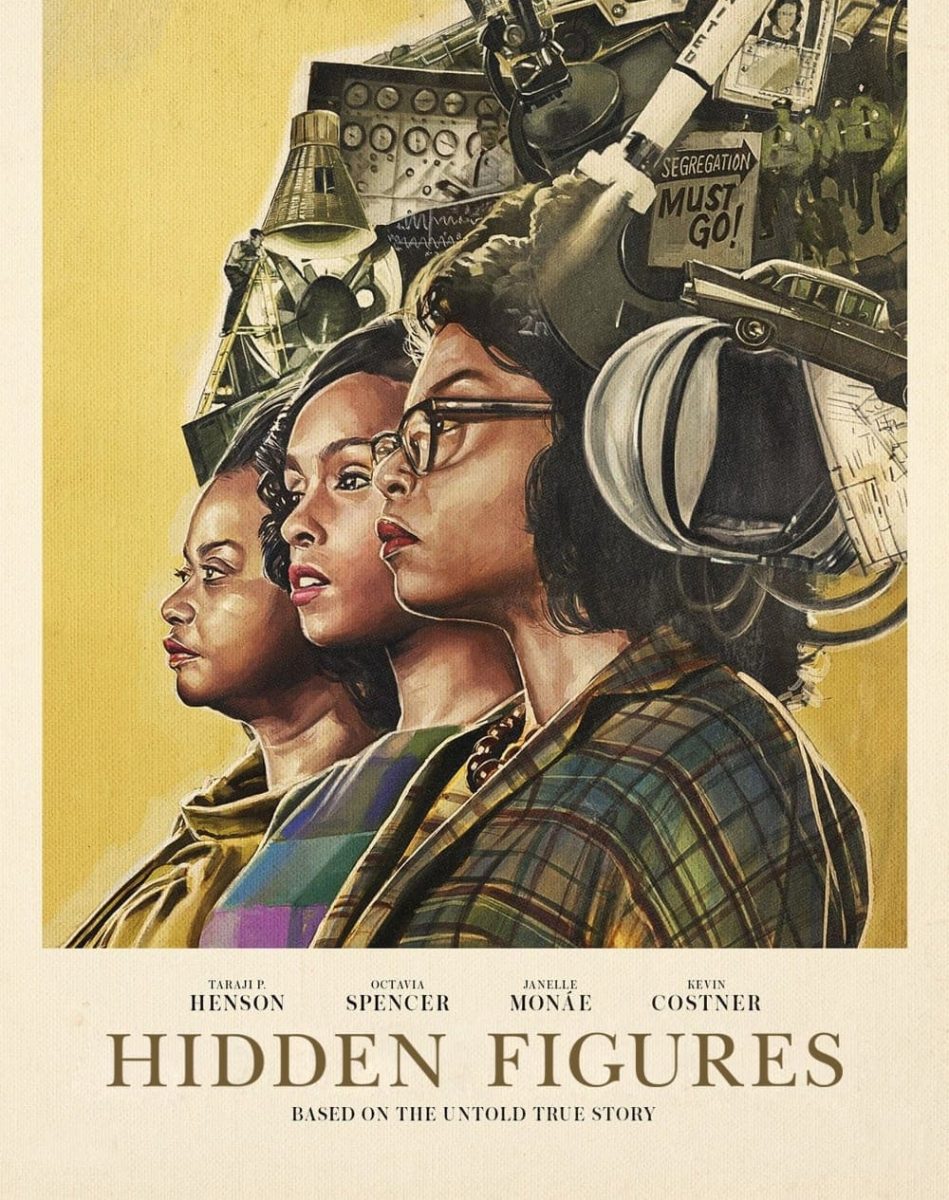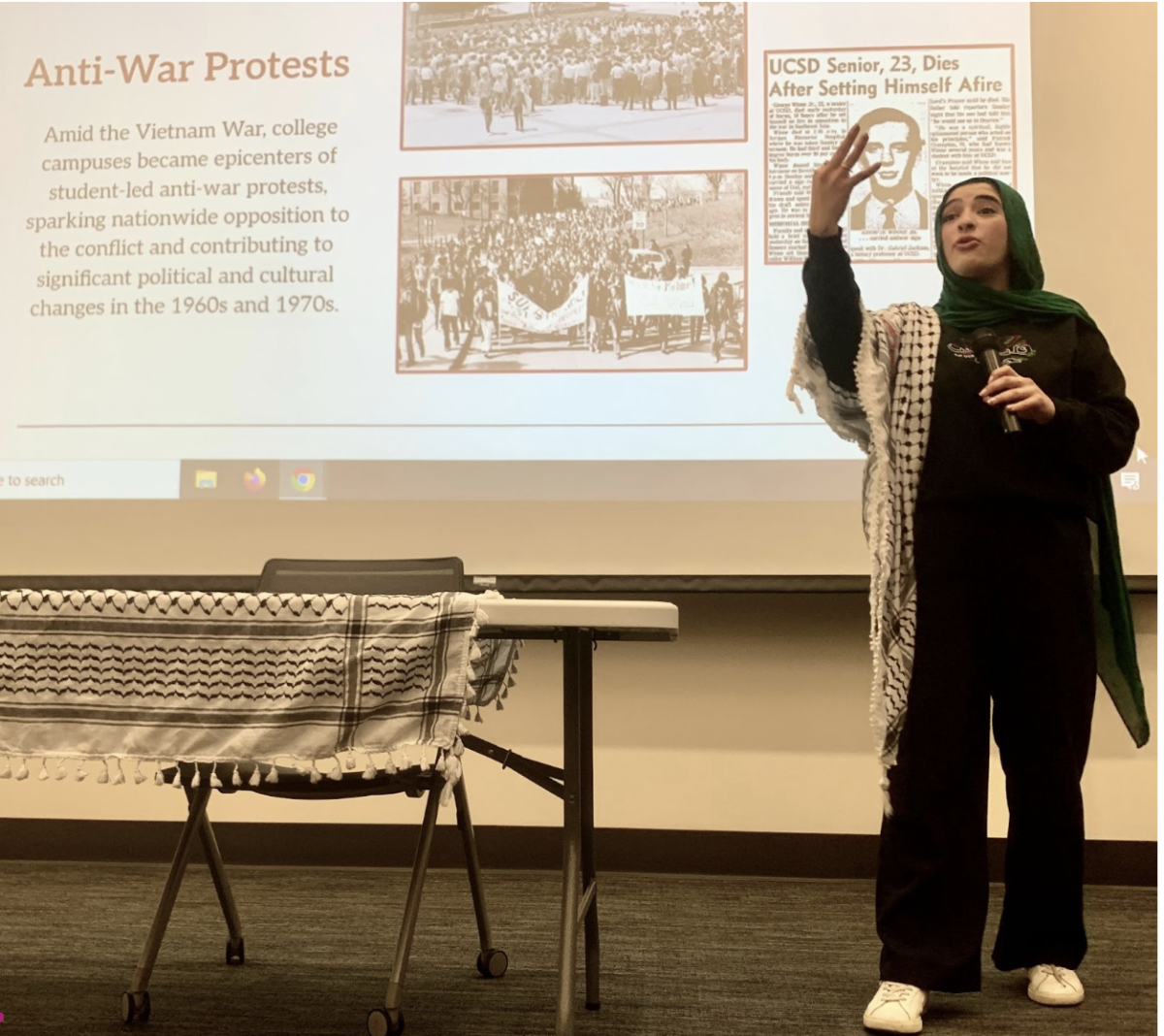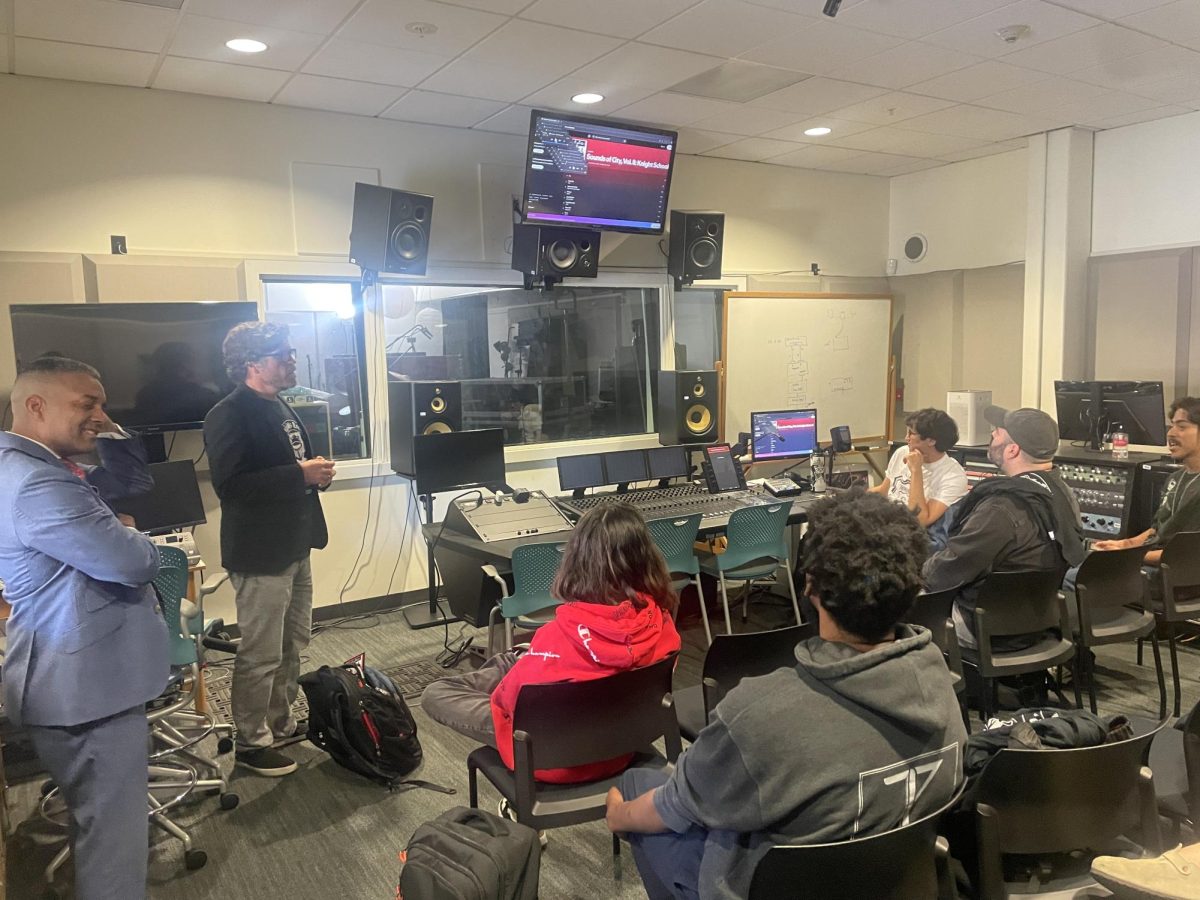For fans, the hunger started four years ago.
“The Hunger Games,” the first book in a trilogy of the same name, was released in 2008. The series became so popular that it broke Scholastic sales records, and its first film is proving to be just as popular.
The U.S. has become the post-apocalyptic world of Panem, a nation constructed of 12 districts and ruled by the corrupt and dystopian society of the Capitol.
To punish for a past rebellion and remind them of the Capitol’s power, the Capitol forces each district to attend an annual Reaping where one boy and one girl between the ages of 12 and 18 are selected by lottery to compete in The Hunger Games as tributes for their respective districts.
The games are a fight to the death until a winner is declared and returns home to a lifetime of wealth.
At the core are Katniss Everdeen (Jennifer Lawrence) and Peeta Mellark (Josh Hutcherson), school acquaintances and tributes from District 12, Panem’s poorest district.
They are trained in skills ranging from knife throwing to fire building with 22 other tributes, not knowing what kind of environment will meet them when the games begin.
The entire process is filmed, including interviews with the tributes and killings, and broadcast on television for everyone to see. The wealthy citizens of Capitol are amused and obsessed with the games while the other districts are horrified, a blatant allegory for today’s fascination with reality television.
Lawrence (“X-Men: First Class”) is good as Katniss, though she doesn’t flourish in this film the way she has in her past work. Hutcherson (“The Kids Are All Right”) is also likable. Lenny Kravitz is soft and wonderfully sincere as Katniss’ designer Cinna, and Woody Harrelson is quiet and calculating as her mentor, Haymitch. The other tributes are reduced to one liners and yelling.
The novels were underwhelming, but the painstaking attention to detail on everything from food to costumes seemed fit on screen.
I’d hoped that the adaptation would cement me as a fan. I was wrong.
Perhaps I would’ve been more impressed had I not been familiar with the Japanese book and film “Battle Royale.” Many elements in “The Hunger Games” are identical to the 1999 novel and 2000 film.
“The Hunger Games” suffers from watered down violence — to play to the book’s young adult fanbase and work with a PG-13 rating — and an overused shaky camera technique. The build up to the games is far too long and the time that is actually as the book it was based on.
Katniss is skilled, much stronger and with less angst than, say, “Twilight’s” Bella Swan. Peeta is relatable and selfless. The emerging love triangle between the two and Katniss’ best friend, Gale (Liam Hiamsworth), is just enough to make girls swoon but not enough to put off any boys who want to watch for the action. The genius in this is in the way the story is told.
Ultimately, the movie is one made for fans of the book. The author, Suzanne Collins, even serves as screenwriter and executive producer. Fans will leave happy.
There is just enough anticipation, action, and a handful of kisses to fulfill them. The attention to detail in the extravagant make-up and costumes is a bit over-the-top, and the dialogue from the book is largely the same with only one or two minor changes. Readers of the book will love that they can come home to the world they fell in love with by seeing it on screen.
With Lionsgate and Summit Entertainment — the studio behind “Twilight” — merging, “The Hunger Games” phenomenon is poised to take over when its sequel, “Catching Fire” is released Thanksgiving weekend next year (Right in time for the vampire saga to end).
With it’s $155 million record-making opening weekend last month, the franchise moves towards a profitable future.
With the hype behind it growing, it’s easy to see why it has become the next big thing.








